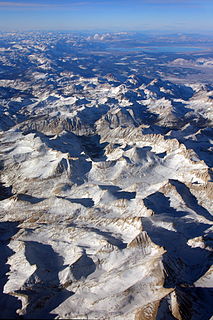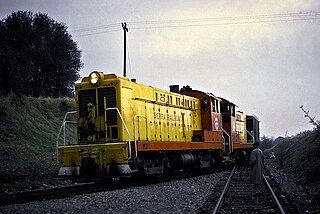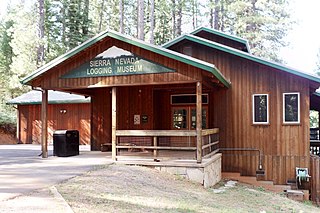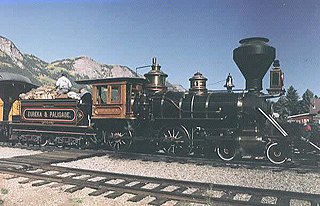The Tuolumne City Memorial Museum preserves the history of this mining and logging town on the western slope of the Sierra Nevada in California.

The Sierra Nevada is a mountain range in the Western United States, between the Central Valley of California and the Great Basin. The vast majority of the range lies in the state of California, although the Carson Range spur lies primarily in Nevada. The Sierra Nevada is part of the American Cordillera, a chain of mountain ranges that consists of an almost continuous sequence of such ranges that form the western "backbone" of North America, Central America, South America and Antarctica.

California is a state in the Pacific Region of the United States. With 39.6 million residents, California is the most populous U.S. state and the third-largest by area. The state capital is Sacramento. The Greater Los Angeles Area and the San Francisco Bay Area are the nation's second and fifth most populous urban regions, with 18.7 million and 9.7 million residents respectively. Los Angeles is California's most populous city, and the country's second most populous, after New York City. California also has the nation's most populous county, Los Angeles County, and its largest county by area, San Bernardino County. The City and County of San Francisco is both the country's second-most densely populated major city after New York City and the fifth-most densely populated county, behind only four of the five New York City boroughs.
Exhibits trace the area's history going back to early Miwok Indian culture, early agricultural endeavors, gold mining, and the extensive logging operations of the West Side Lumber Company. [1]

The Miwok are members of four linguistically related Native American groups indigenous to what is now Northern California, who traditionally spoke one of the Miwok languages in the Utian family. The word Miwok means people in the Miwok language.
Tuolumne, which was originally known as Summerville, and later Carters, was the site of the West Side's large sawmill, which operated from 1899 until the 1960s, when it burned during a labor strike. The company also operated an extensive narrow-gauge railroad into the Sierra to bring logs to the mill. Standard-gauge tracks of the well-known Sierra Railroad came to Tuolumne to take finished lumber to market. [2]

Tuolumne is a census-designated place (CDP) in Tuolumne County, California, United States. The population was 1,779 at the 2010 census, down from 1,865 at the 2000 census.

The Sierra Railroad Corporation is a privately owned common carrier. Its Sierra Northern Railway freight division handles all freight operations for all branches owned by the Sierra Railroad. The company's Mendocino Railway group operates the diesel- and steam-powered Sierra Railroad Dinner Train (Oakdale), the Sacramento RiverTrain (Woodland-Sacramento) and the Skunk Train. The company's Sierra Energy division is for energy projects.
Some trestles and other remnants of the logging railroad still exist, and the museum organizes annual field trips into the woods to visit such sites. [3]
The museum has a number of exhibits chronicling the lives of prominent citizens of the area, including a collection of family Bibles and historic cemetery records. [4]
















